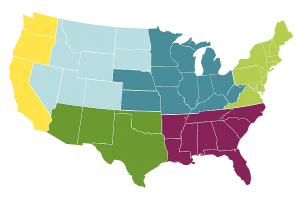
How do we use your location?
Knowing your location helps us recommend plants that will thrive in your climate, based on your Growing Zone.

Knowing your location helps us recommend plants that will thrive in your climate, based on your Growing Zone.